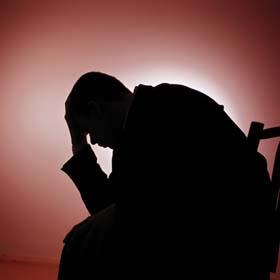
Another Example of The Power of One

Death and Insanity, a Final View
 Joe and his wife, Amy, lived in Caratunk, a picturesque town of about 110 residents nestled in the state’s northern hills. Joe is a rugged, friendly man, who worked as a senior technician for the Maine Department of Transportation before retiring several years ago. Amy, served as the town’s treasurer. Their son, William – known as Willy – is the oldest of three boys. The family lived in a 100-year-old farmhouse that sits near the banks of a winding, rock-strewn stream.
Joe and his wife, Amy, lived in Caratunk, a picturesque town of about 110 residents nestled in the state’s northern hills. Joe is a rugged, friendly man, who worked as a senior technician for the Maine Department of Transportation before retiring several years ago. Amy, served as the town’s treasurer. Their son, William – known as Willy – is the oldest of three boys. The family lived in a 100-year-old farmhouse that sits near the banks of a winding, rock-strewn stream.How do we define insanity?



